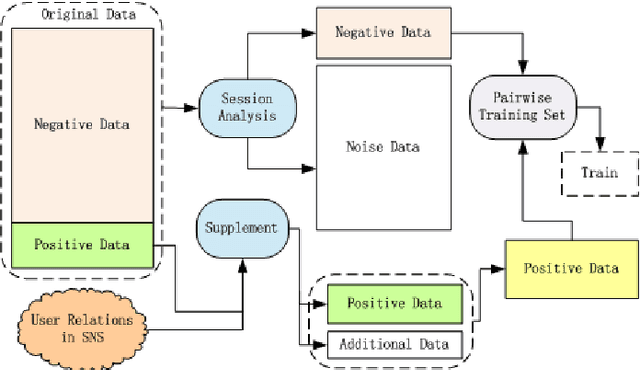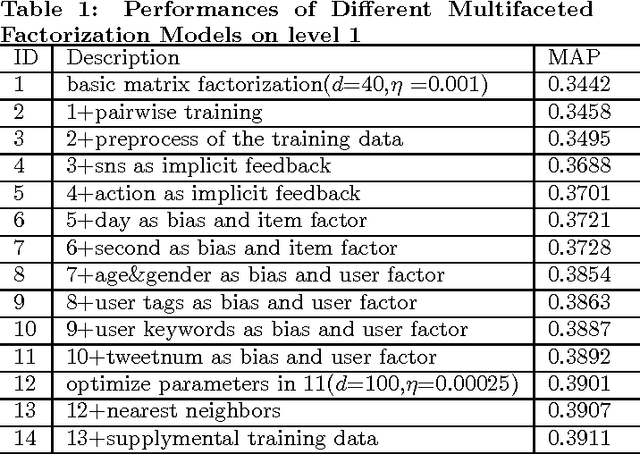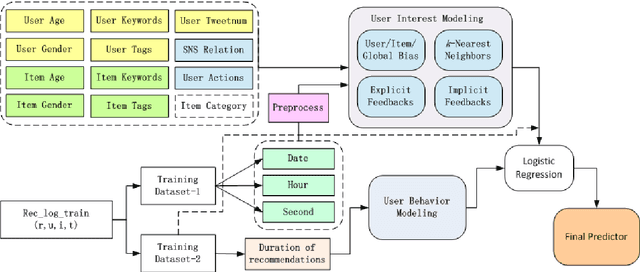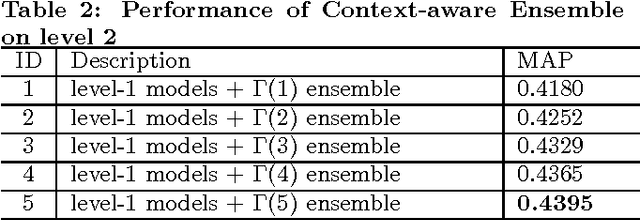Wenguang Wang
Point Cloud Video Anomaly Detection Based on Point Spatio-Temporal Auto-Encoder
Jun 04, 2023Abstract:Video anomaly detection has great potential in enhancing safety in the production and monitoring of crucial areas. Currently, most video anomaly detection methods are based on RGB modality, but its redundant semantic information may breach the privacy of residents or patients. The 3D data obtained by depth camera and LiDAR can accurately locate anomalous events in 3D space while preserving human posture and motion information. Identifying individuals through the point cloud is difficult due to its sparsity, which protects personal privacy. In this study, we propose Point Spatio-Temporal Auto-Encoder (PSTAE), an autoencoder framework that uses point cloud videos as input to detect anomalies in point cloud videos. We introduce PSTOp and PSTTransOp to maintain spatial geometric and temporal motion information in point cloud videos. To measure the reconstruction loss of the proposed autoencoder framework, we propose a reconstruction loss measurement strategy based on a shallow feature extractor. Experimental results on the TIMo dataset show that our method outperforms currently representative depth modality-based methods in terms of AUROC and has superior performance in detecting Medical Issue anomalies. These results suggest the potential of point cloud modality in video anomaly detection. Our method sets a new state-of-the-art (SOTA) on the TIMo dataset.
Context-aware Ensemble of Multifaceted Factorization Models for Recommendation Prediction in Social Networks
May 03, 2021



Abstract:This paper describes the solution of Shanda Innovations team to Task 1 of KDD-Cup 2012. A novel approach called Multifaceted Factorization Models is proposed to incorporate a great variety of features in social networks. Social relationships and actions between users are integrated as implicit feedbacks to improve the recommendation accuracy. Keywords, tags, profiles, time and some other features are also utilized for modeling user interests. In addition, user behaviors are modeled from the durations of recommendation records. A context-aware ensemble framework is then applied to combine multiple predictors and produce final recommendation results. The proposed approach obtained 0.43959 (public score) / 0.41874 (private score) on the testing dataset, which achieved the 2nd place in the KDD-Cup competition.
 Add to Chrome
Add to Chrome Add to Firefox
Add to Firefox Add to Edge
Add to Edge